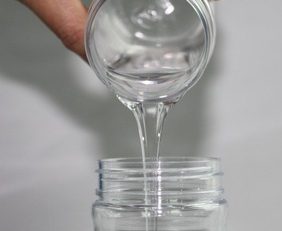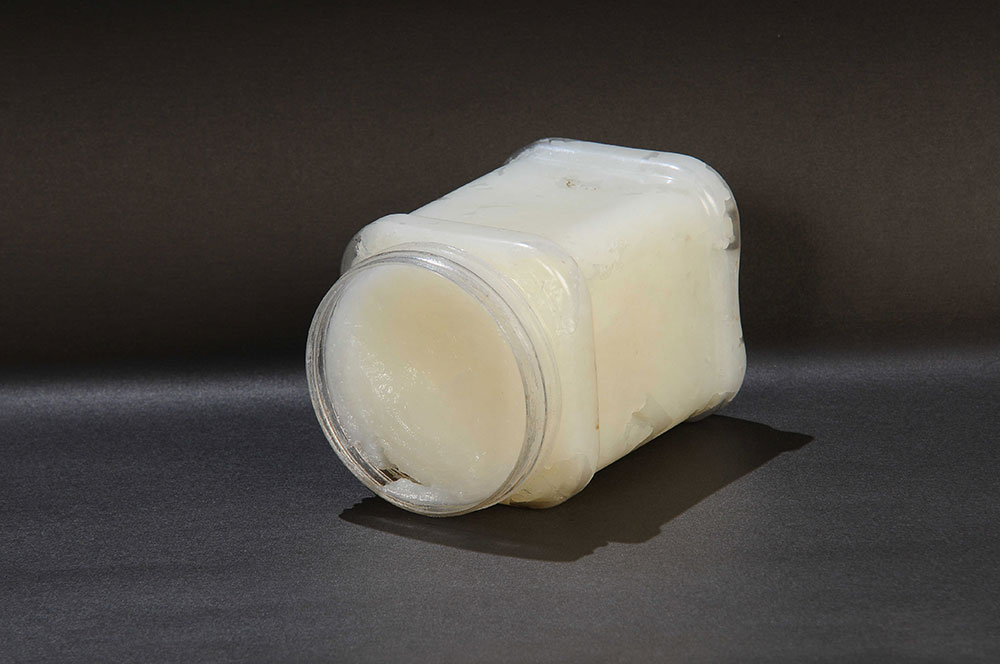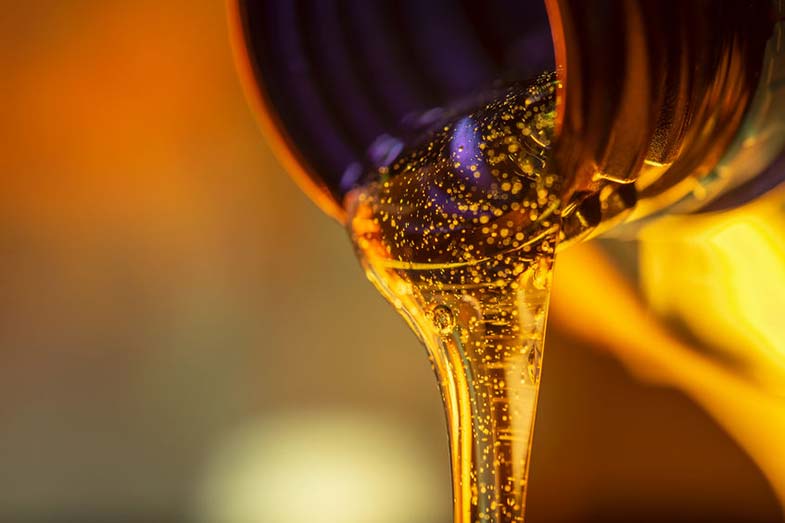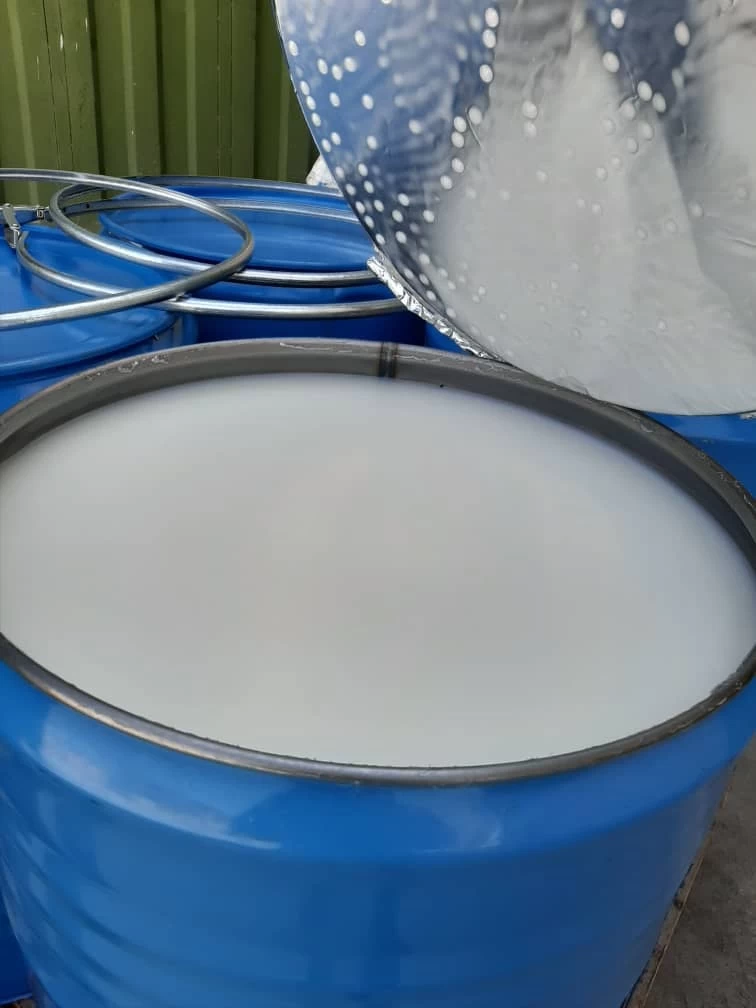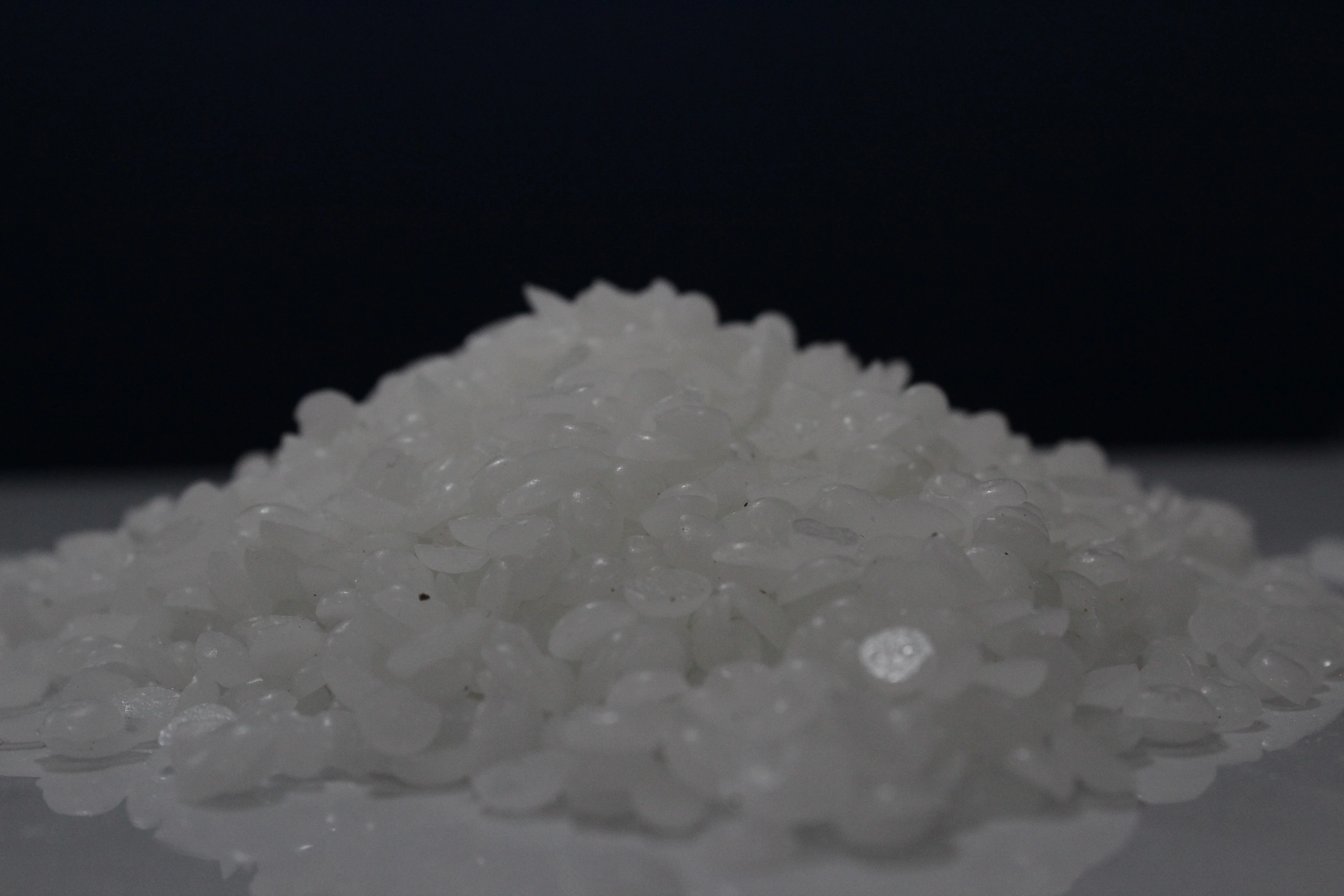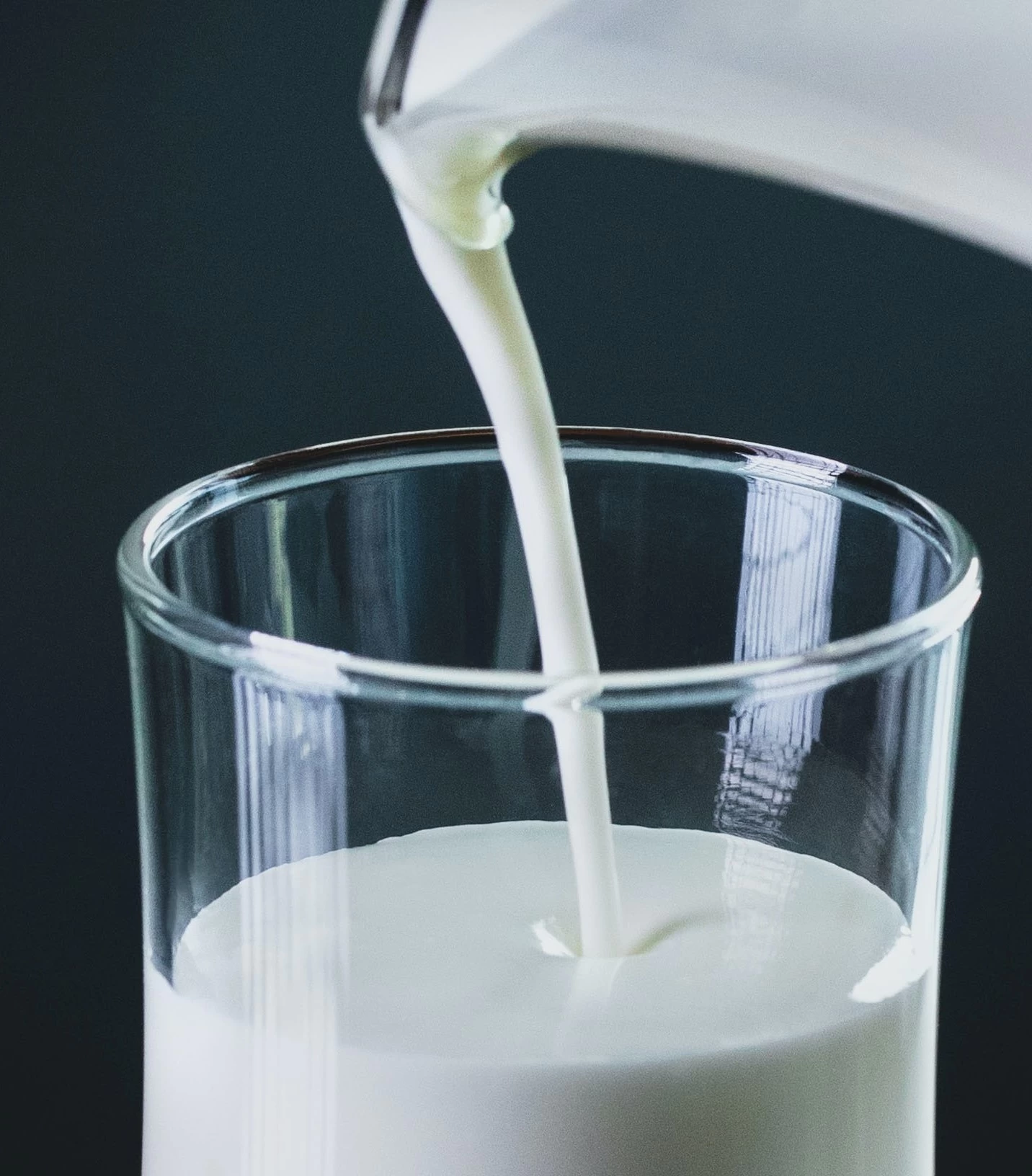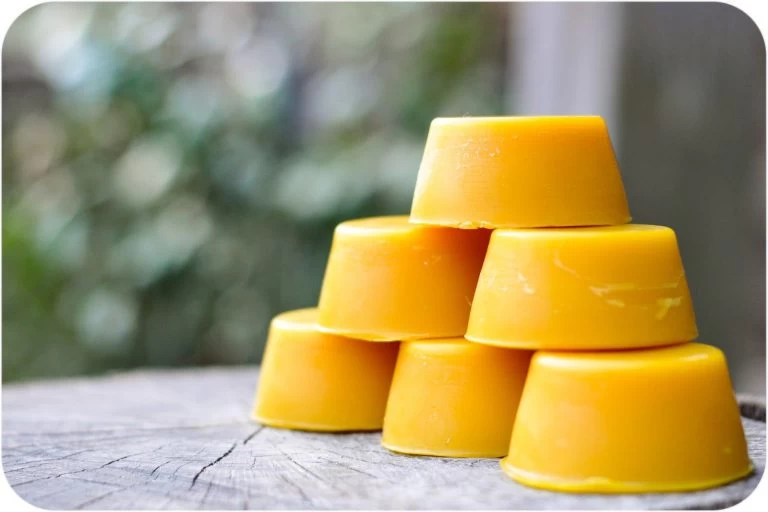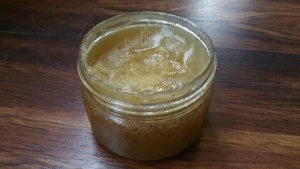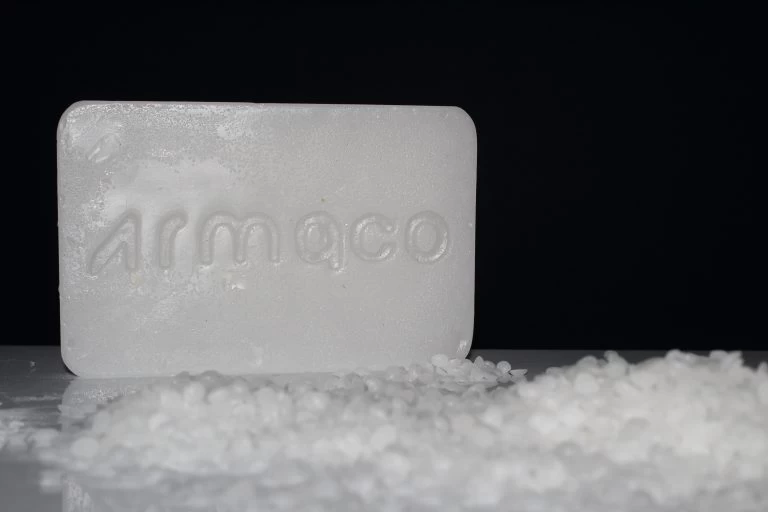By hydrogenating aromatics, cyclic paraffins are formed. By hydrogenating gasoline, cyclohexane is formed. The main component of gaseous hydrocarbons are paraffins. (Production and sale of circular paraffin)
Paraffins are found in gasoline and kerosene in abundance. Waxes are hydrocarbons obtained from crude oil.
(Production and sale of circular paraffin)
In chemistry , paraffin (in English : paraffin) is a general name for alkanes with the chemical formula C n H 2 n +2 . Paraffin wax refers to solid paraffin with n=40-20. Paraffin is a petroleum substance found in the market in two forms, liquid or solid or jelly, the jelly and solid types are used to produce all kinds of candles, and the liquid type is used for industrial purposes.
History
Paraffin oil was discovered in the 19th century by a German scientist named Carl von Reichenbach. This happened when he was working to increase the efficiency and refine the oily compounds of the petrochemical industry . Because paraffin is much cleaner and safer than common oils in the candle making industry, it was used. The discovery of paraffin gave a new boost to candle production, meat packing and oil production industries in the early 20th century.
The simplest and lightest molecule of the paraffin series is methane with the formula 4CH. Paraffins with less than five carbon atoms are in gaseous form at normal pressure and temperature. In addition to methane, other gaseous paraffins include ethane, propane and butane. For simplicity, these are sometimes called C1 through C4. C5 to C15 paraffins are liquid at normal temperature and pressure. Hydrocarbons with more than 15 carbon atoms (C15) are extremely viscous or viscous and take the form of solid waxes. All kinds of paraffins are observed up to C40 and above.
 +7929688-88-14
+7929688-88-14

 English
English
 Persian
Persian
 Russian
Russian
 Chinese
Chinese


 +7929688-88-14
+7929688-88-14

 Oil derivation
Oil derivation

